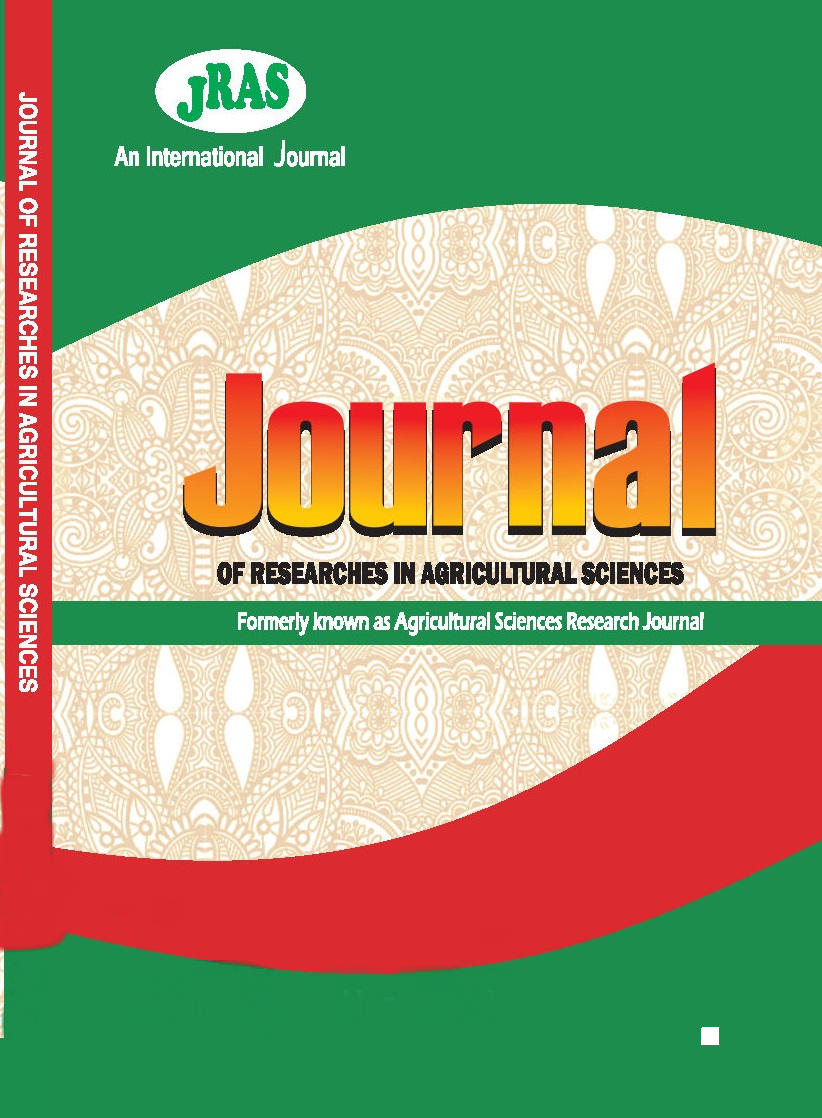Heavy MetalsConcentration in African Mud Catfish(Clarias gariepinus)and Obscure Snakehead(Parachanna obscura)from River Ogbese, Ondo State, Nigeria
Anahtar Kelimeler:
Heavy metals, River Ogbese, Clarias gariepinus, Parachanna obscuraÖzet
Wastes from domestic, industrial, and other anthropogenic activities are sources of heavymetal pollution in aquatic environments. Heavy metals contamination has been a source of concern because of the devastating effects on the ecological balance of the aquatic environment and the diversity of organisms, especially fish which bioaccumulate them in their muscles causing pituitary damage, testicular degeneration and decrease in offsprings and extinction of fish stocks. This study assessed the concentrations of heavy metals in the head, trunk, and tail regions of African mud catfish (Clarias gariepinus) and obscure snakehead (Parachanna obscura) collected from River Ogbese, Ondo State using standard methods. The results show that the head portions of the two fish species contained the highest concentrations of the heavy metals which differed significantly from the fish trunks while the tails contained the least amounts. The heavy metal concentrationsin the head portions were 8.02 ± 1.32, 30.19 ± 2.63, 7.39 ± 1.02 and 68.45 ± 3.24 mg g-1in C. gariepinus and 2.02 ± 0.12, 11.85 ± 1.55, 9.09 ± 1.99 and 108.45 ± 5.85 mg g-1in P. obscurafor Cu, Zn,Pb,and Fe respectively. In the head and trunk regions, P. obscura (carnivore) bioaccumulated heavy metal than C. gariepinus(omnivore) fish. The variations were significant (P<0.05) among the fish samples except in the tail parts of P. obscura with the variation not significant (P>0.05) due to low concentrations of the heavy metals in the region. C. gariepinus tail revealed low concentration as well. The heavy metals levels were in the order head > trunk > tail in the fish samples. The range of values was slightly above permissible / recommended limit in C. gariepinus except for Cu and Zn which had non-significant values for head and tail regions. Cu was higher in C. gariepinus than in P. obscura, sediment, and water.Hence, the result obtained indicated bioaccumulation of heavy metals can be aided by feeding habits and environmental conditions. TheP. obscura and C. gariepinusare likely to be exposed to pollutants from anthropogenic substances as indicated by thebioaccumulation level of heavy metalson the fish samples from the environment, therefore, there is need for surveillance to safe guide fish and environment for healthy fish food for consumers.

